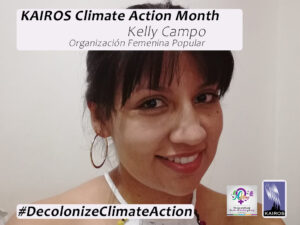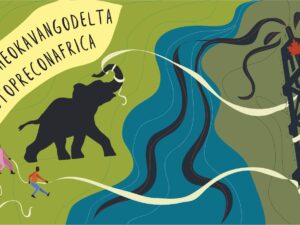Making the invisible visible: The Wayuu in Guajira face a humanitarian crisis
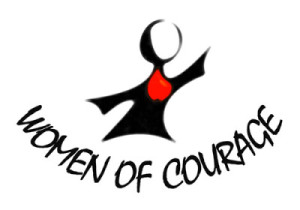
Here in Guajira, almost a generation of Wayuu children is being lost. These children represent the future of our people. The Wayuu people are in danger of extinction.
– Matilde Lopez Arpushana , Nov 27, 2014
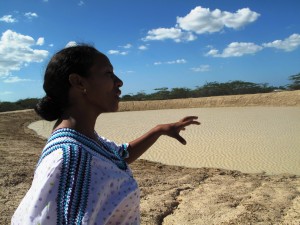 Matilde Lopez has been a leader in her community and of the Wayuu people since she was 16. At this young age she was appointed as an authority by the elders in her community. Now 34, she is a slight, unassuming woman with a gentle voice who might not appear to be an authority in the traditional sense, particularly on the coast of Colombia which has a reputation for a machista culture. But in contrast to this stereotype, the Wayuu have a traditionally matrilineal society in which women and children are central to the community. So Matilde’s leadership style is perhaps not such as surprise. Today, Malilde is an advocate for Wayuu children and youth in the department of Rioachacha, Guajara.
Matilde Lopez has been a leader in her community and of the Wayuu people since she was 16. At this young age she was appointed as an authority by the elders in her community. Now 34, she is a slight, unassuming woman with a gentle voice who might not appear to be an authority in the traditional sense, particularly on the coast of Colombia which has a reputation for a machista culture. But in contrast to this stereotype, the Wayuu have a traditionally matrilineal society in which women and children are central to the community. So Matilde’s leadership style is perhaps not such as surprise. Today, Malilde is an advocate for Wayuu children and youth in the department of Rioachacha, Guajara.
I met with Matilde on a recent visit to Guajiara. I was travelling with Audrey Huntley, a researcher and community activist in Canada, Audrey is a founding member of No More Silence, a grassroots network working for justice and an end to impunity in cases of missing and murdered Indigenous women in Canada. We were accompanied by Lilia Solano, a long time human rights partner of KAIROS and the United Church of Canada.
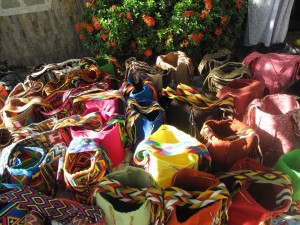 At the beginning of the week we had met with the National Indigenous Organization of Colombia (ONIC) and learned about the humanitarian crisis facing the Wayuu communities in Guajira, particularly the children. There are other Indigenous groups in this area including Wiwa, Kogui y Arhuacos. We were told more than a thousand children had died of starvation in the last 15 months due to a recent drought and government neglect. Lilia and members of the ONIC recommended that we go to the Guajira to provide international witness, to hear testimonies, and to help “visiblize “ the crisis.
At the beginning of the week we had met with the National Indigenous Organization of Colombia (ONIC) and learned about the humanitarian crisis facing the Wayuu communities in Guajira, particularly the children. There are other Indigenous groups in this area including Wiwa, Kogui y Arhuacos. We were told more than a thousand children had died of starvation in the last 15 months due to a recent drought and government neglect. Lilia and members of the ONIC recommended that we go to the Guajira to provide international witness, to hear testimonies, and to help “visiblize “ the crisis.
Matilde met us at the airport and we went straight to a Ranchería, the traditional collective compound where several Wayuu families live. Traditionally, Wayuu women are weavers of beautiful colourful baskets and the men are goat herders. Economic conditions have changed these roles somewhat so you often see men weaving as well. We met with the teacher’s family. He showed us a tiny hut which we learned was a classroom for 25 primary students. It was clear the local government has invested little, if anything, in education for 75 Wayuu children who attend the school.
Matlide explained that the Wayuu are the most numerous Indigenous group in Colombia with 400,000 members living in the department of Guijara. Yet, the Wayuu are one of 43 Indigenous groups in Colombia – out of a total of 108 – that are facing extinction. Matilde explained that the lives and livelihood of the Wayuu people are threatened by a number of factors including the armed conflict, displacement from resource extraction and tourist development, government neglect and drought.
Because of the vulnerability of the communities, the impact of the drought has been devastating. We heard that there had been little rain in twelve months, and what little water there is does not go to the Indigenous communities. “There is no water for the people and animals, but there is water for resource extraction and tourism”, we were told. The impact on children under 5 years old, the most vulnerable group, has reached crisis proportions. This was Matilde’s key message and why she invited us to the Guajira. “A child just died of malnutrition in the local hospital yesterday,” she said. And 1000 children have died from malnutrition in the last 15 months.
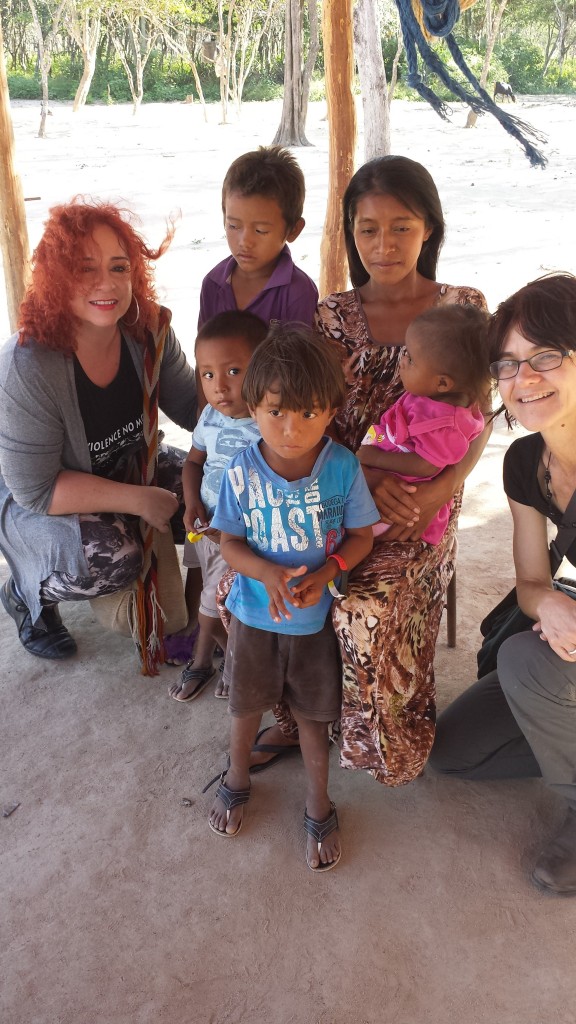 Compounding matters is that this crisis is invisible in Colombia and internationally. Local leaders and community groups said told us “more children are dying because of government neglect and lack of a political will than because of the armed conflict.” We heard that the local government was redirecting funds intended for education and welfare of Wayuu communities, and that food aid intended for these communities was beings stored in warehouses, left to expire and then used as animal feed by wealthy landowners and cattle ranchers.
Compounding matters is that this crisis is invisible in Colombia and internationally. Local leaders and community groups said told us “more children are dying because of government neglect and lack of a political will than because of the armed conflict.” We heard that the local government was redirecting funds intended for education and welfare of Wayuu communities, and that food aid intended for these communities was beings stored in warehouses, left to expire and then used as animal feed by wealthy landowners and cattle ranchers.
Those who speak out against these crimes risk their lives. Matilde has received several death threats, the most recent two weeks ago. The government has recognized that her life is in danger and has granted her state security. She now travels with two armed body guards in a state vehicle. Yet the death threats continue and those who are working closely with her are also targeted. After we returned to Bogota, we were told that a young sociology student who is working with her and accompanied us on our visit was threatened at gun point when he returned home from our meeting. Matilde pointed out the horrible irony: “We are being threatened with death for denouncing that our children are dying.”
As we left the community Audrey asked the security guard to stop the car. She got out and offered tobacco at the side of the road for all the children who had died. As she was explaining the ceremony and I was translating, Matilde stopped me and said: “You don’t have to explain. I understand. I’m Indigenous. We use tobacco too to speak to our ancestors.” Sometimes connections are far too profound to translate.
We promised to tell Canadians what we had seen and heard, to share the testimonies, and to help “visibilize” the grave humanitarian crisis that is being faced by the Wayuu in Guajira and the devastating numbers of their children who are dying of hunger. I cannot forget Matilde’s concluding words: “ The Wayuu people are in danger of extinction. We are being exterminated. This is nothing less than infanticide. We want you please to take these words to the international community.”
Matilde and the organizations we met with are calling for an international observer and a fact finding mission by human rights organizations to shed international light on the situation and to pressure the government to respond. When asked about her hopes and dreams for her people, Matilde’s response was painfully simple, “My dream is that Wayuu children will be able to live the full cycle of life and to thrive and that we will be able survive as a people. We want the government to generate conditions so that we can live in dignity.”
Matilde is a courageous and committed leader who will continue to work for this in the communities of Guajira, despite considerable risk. The very least we can do is to ensure that she is not alone, that she feels accompanied by Canadians, and that the situation of the Wayuu in Guajira is no longer invisible.
Photos by Audrey Huntley









